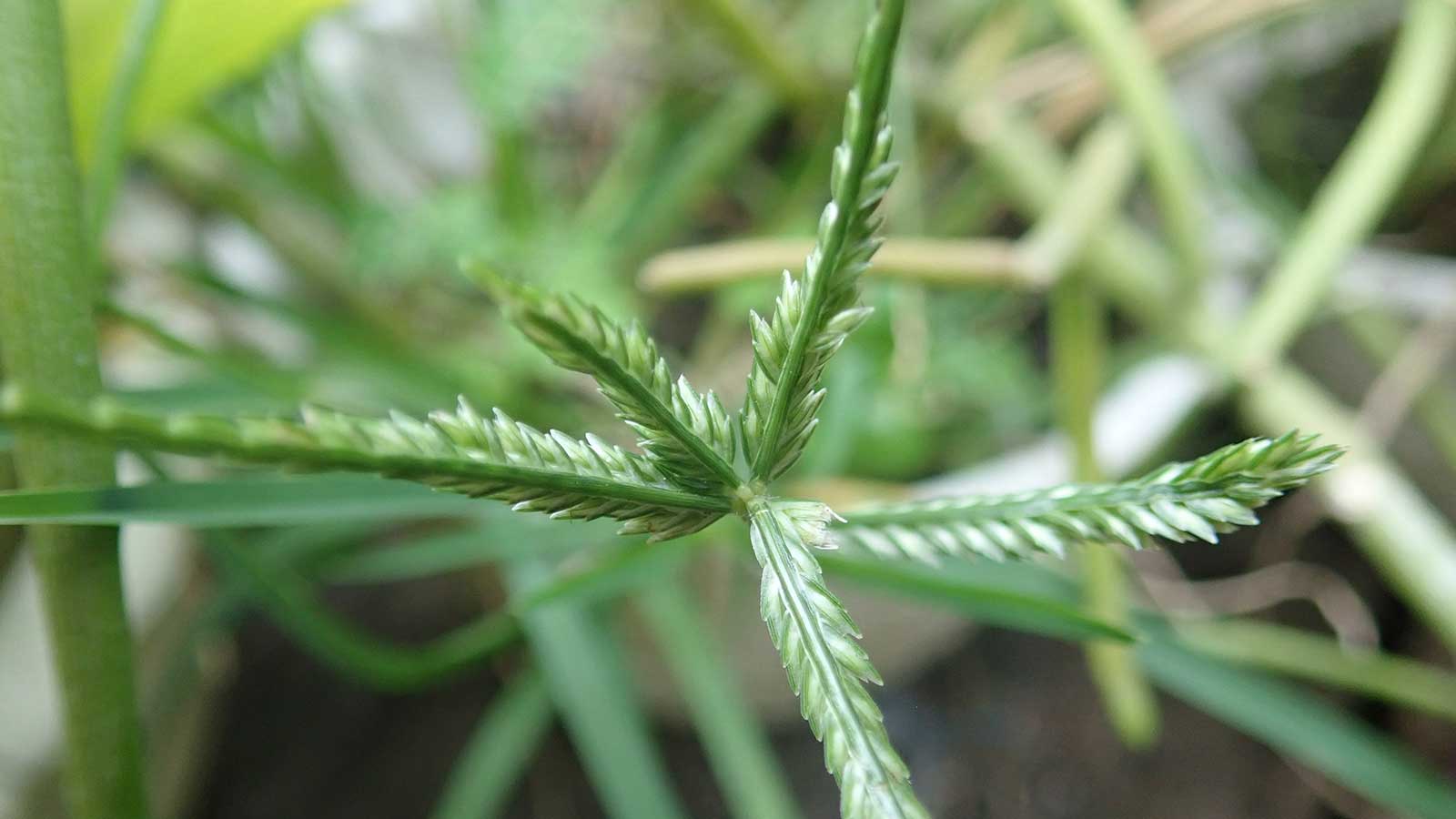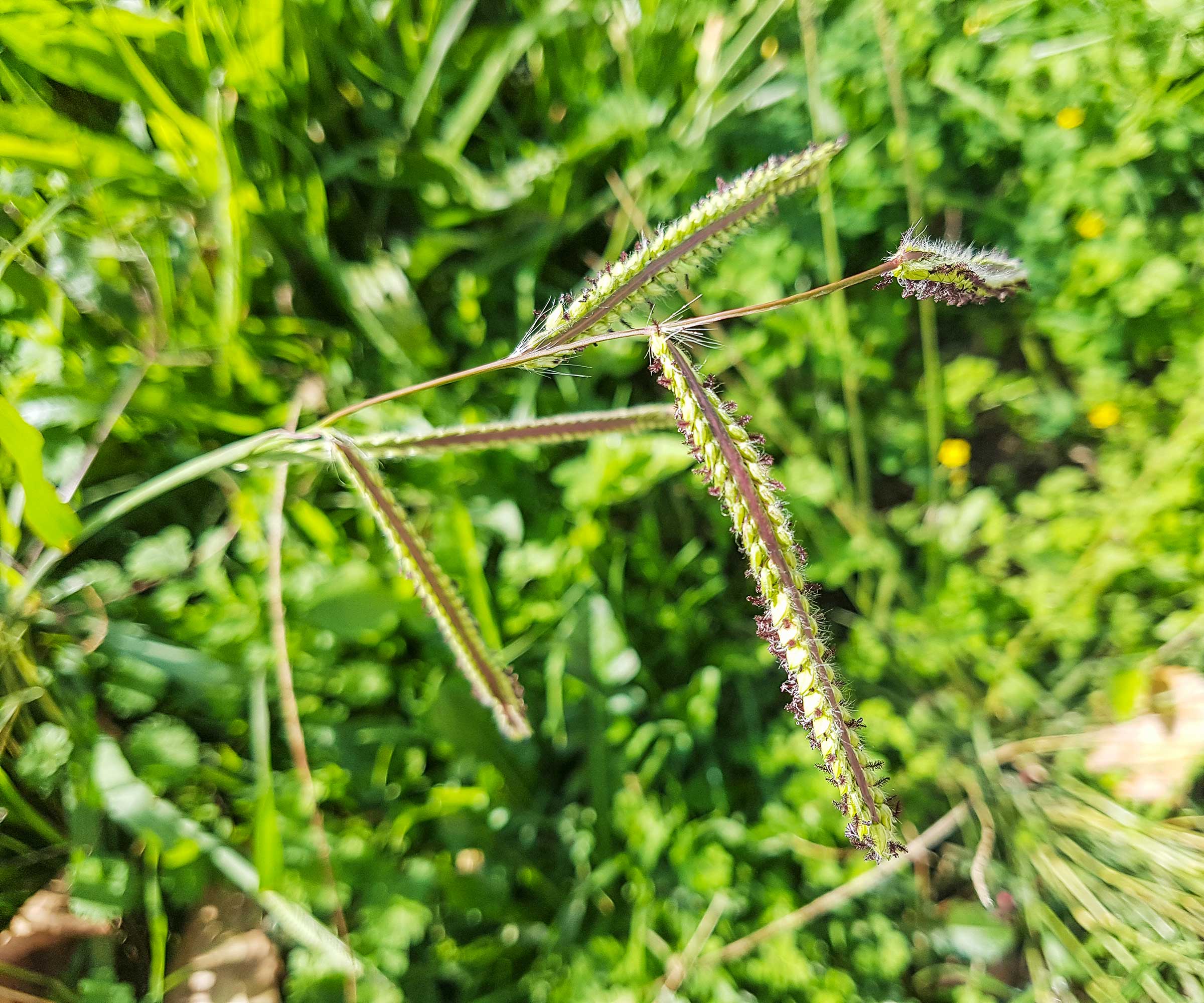How to get rid of dallisgrass – top tips for tackling this perennial weed
It's one of the more difficult lawn weeds to eradicate – but these steps will help


Dallisgrass, otherwise known as Paspalum dilitatum, is a fast-growing, clump-forming, perennial weed. It crops up in lawns, particularly in southern states, and is notoriously tricky to control, especially as it becomes more established.
However, if you've spotted this interloper in your yard, don't despair – a full lawn renovation may not be necessary. If you catch it early, and proceed with consistency and vigilance, there are things that can be done to get rid of this weed, as this guide explains.
3 ways to tackle dallisgrass in a backyard
Keep your lawn pristine with these top tips from the experts.
1. Dig it up by hand
Removing weeds by hand can be time-consuming, but it's much more eco-friendly than using pesticides. Plus, it's a good way to ensure you don't damage the surrounding plants and grass.
Keith Sant, a home and landscaping expert from Texas Cash House Buyer, suggests digging up the entire clump using a spade or trowel. Wear gloves to protect your hands and check carefully for any remaining roots left over in the soil and remove these, too. Dispose of it as garden waste rather than putting it on your compost heap, as the latter could cause it to spread around your yard. If you've removed dallisgrass from your flower bed, cover the area in a layer of mulch afterward, to prevent it from coming back.
Fresh compost and new grass seed can then be put down to repair the lawn patches.

Keith has been buying houses since 2017. He has a deep understanding of entrepreneurship, real estate investment, landscaping, and interior design. He has helped many people buy and sell their homes, as well as offering house-flipping services. Furthermore, he has renovated numerous projects with remarkable landscaping and interior decor.

Dallisgrass is a perennial weed that produces long seed heads
2. Use a herbicide
If you're after a quicker fix to a dallisgrass infestation, then applying a post-emergence herbicide could be your answer. 'This should be done when the plant is actively growing and not under any stress from drought or extreme temperatures,' says Keith. This means avoiding applying it when temperatures are above 85°F, according to Patrick Grayson, the Founder & CEO of Paramount Property Buyers.
As John Stephens, Chief Editor of Total Gardener says, there are several herbicides available for the job, including Celsius WG (available from Amazon). 'These chemicals come with guides on how they must be applied to be effective,' he adds – it's important to follow these carefully and wear protective clothing. Note that you will generally need to repeat the application to clear the weed – sometimes for multiple years.
If you use a glyphosate herbicide, such as Roundup's Weed & Grass Killer from Amazon, bear in mind that it is non-selective. Because of this, take extreme care not to get it on the surrounding grass, as it will kill any plant it comes into contact with. As with removal by hand, ensure leftover bare patches are sown with grass seed to help prevent further infestations.
3. Create a prevention plan
Prevention is often easier than cure – so taking steps to stop it from growing in the first place, or coming back, is always a good idea.
'Practicing consistent, regular lawn maintenance is the best method for controlling this weed,' says Lindsey Hyland, the Founder of Urban Organic Yield. This entails mowing the lawn frequently and applying pre-emergence herbicides, she says. Pre-emergence herbicides, which include the likes of pendimethalin and isoxaben, should be applied prior to the first rain or irrigation event in early spring, advises Keith. They will kill any germinating seeds. Scotts Halts Crabgrass & Grassy Weed Preventer, available from Amazon, is one example.
'The growth of dallisgrass is an indicator that you may have compacted soil,' adds Jeremy Yamaguchi, the CEO of Lawn Love. 'To see if your soil is compacted, grab a screwdriver or a sharp knife. If you can’t stick the tool in the soil with only light pressure, you may have compacted soil.
'If you have compacted soil, aeration is your best bet,' he continues. 'To core-aerate your lawn is to use a machine that will open up your soil so that nutrients, water, and air circulate better. This leads to stronger roots and healthier grass that outcompetes stubborn weeds like dallisgrass.'
Fertilizing your lawn, scarifying, and watering it properly are also important for luscious turf – which will make it harder for weeds to take hold.

Jeremy Yamaguchi is the CEO of Lawn Love, helping homeowners find quality, reliable lawn care. Specializing in technology and using industry experience, Jeremy intends to revolutionize the lawn care industry.

Look after your lawn to keep weeds at bay
Dallisgrass is certainly one of the tougher weeds to tackle, but where there's a will there's a way, as they say. And if the problem has gotten to the point where digging up the whole lawn seems simpler – perhaps now could be a good time to install some stylish (and much more low-maintenance) no-grass backyard ideas.
Sign up to the Homes & Gardens newsletter
Design expertise in your inbox – from inspiring decorating ideas and beautiful celebrity homes to practical gardening advice and shopping round-ups.

Holly started writing about gardening five years ago, and she is a regular contributor to Homes & Gardens. She has also written many gardening features for Woman & Home and Real Homes, too. She has previous experience as a professional gardener, where she helped to plant and maintain private gardens. Holly has also looked after allotment plots over the years and loves to grow her own flowers and veggies from seed. In her spare time, she enjoys visiting local gardens, botanical drawing, and tending to her ever-growing collection of houseplants.
-
 Bryce Dallas Howard's bedroom is the most creative, social space in her entire home – she uses 'conversational seating' to create a multifunctional 'salon'
Bryce Dallas Howard's bedroom is the most creative, social space in her entire home – she uses 'conversational seating' to create a multifunctional 'salon'The actress's bedroom doubles as a home office thanks to its clever layout and furnishings, proving that this area is much more than a sleep space
By Hannah Ziegler
-
 7 questions to ask yourself before moving house – realtors promise answering these questions will prevent buyer's regret
7 questions to ask yourself before moving house – realtors promise answering these questions will prevent buyer's regretDon’t make your move harder, ask these questions before moving to avoid mistakes
By Chiana Dickson